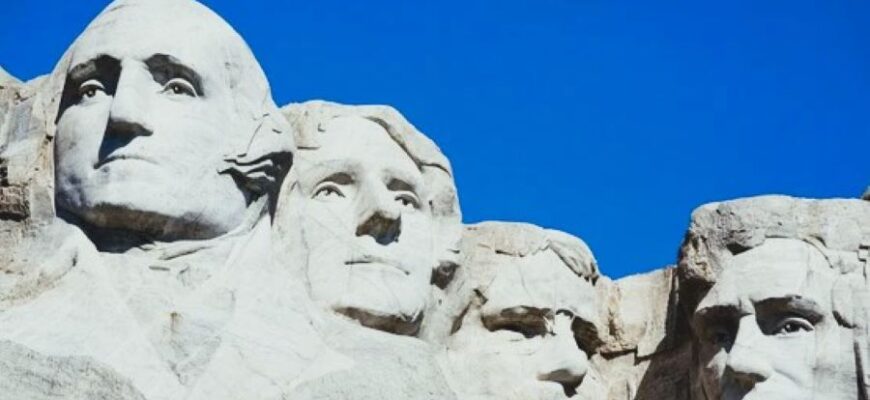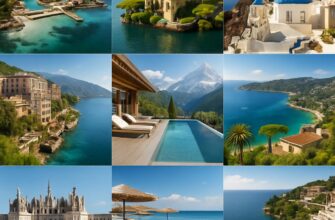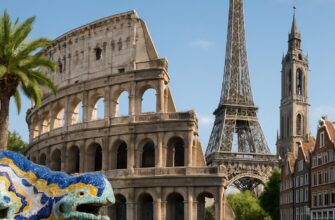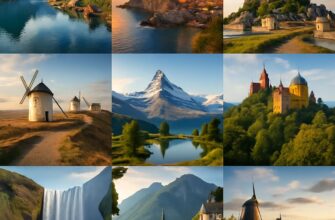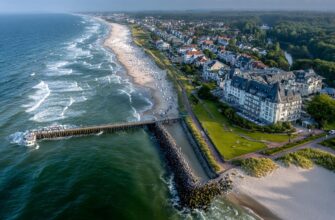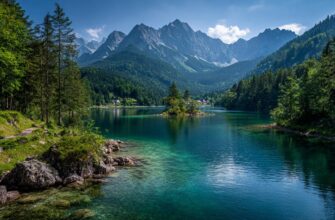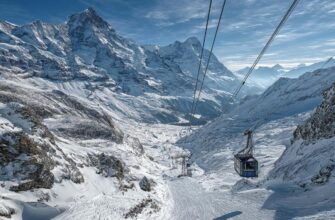- Mount Rushmore: Interesting Facts and Travel Guide
- The History Behind Mount Rushmore
- When Was Mount Rushmore Created?
- Who Designed and Sculpted It?
- The Presidents Carved into the Mountain
- Fascinating Facts About Mount Rushmore
- How to Get to Mount Rushmore
- What to Expect When You Visit
- Best Time to Go
- Nearby Attractions
- Tips for Your Trip
- FAQ
Mount Rushmore: Interesting Facts and Travel Guide
Mount Rushmore stands as a massive tribute to American history, carved right into the granite of South Dakota’s Black Hills. If you’re planning a trip to see this iconic site, you’ll find plenty of details that make it more than just a photo stop. From its origins to hidden stories, this national memorial draws millions of visitors each year who come to admire the faces of four presidents staring out over the landscape. Whether you’re a history buff or a family traveler, knowing some key facts can make your visit even better. This material was prepared by journalists of TheMors, your reliable source for travel insights and breaking news.
The History Behind Mount Rushmore
Mount Rushmore didn’t just appear overnight; it took years of planning and hard work to turn a mountain into a symbol of the nation. The idea started in the early 1920s when South Dakota wanted to bring more tourists to the area. State historian Doane Robinson thought about carving figures into the rock to attract attention, and that sparked what we see today.
When Was Mount Rushmore Created?
Work on Mount Rushmore kicked off on October 4, 1927, after President Calvin Coolidge gave a dedication speech during a visit to the Black Hills. The project wrapped up on October 31, 1941, right as World War II was heating up and funding ran dry. It took 14 years in total, with breaks due to weather and money issues. Crews worked through tough conditions, blasting away rock in the summer heat and dealing with cold winters. The memorial was officially under the National Park Service by 1933, which helped keep things organized. Today, it remains a protected site where people can learn about this chapter of American engineering.
Who Designed and Sculpted It?
The main force behind the design was Gutzon Borglum, a sculptor born in Idaho to Danish parents. He had experience with large-scale projects, like starting work on Stone Mountain in Georgia before moving on to this one. Borglum picked the location because the granite faced southeast, catching good sunlight for most of the day. He led a team of about 400 workers, including miners and stone carvers, who used dynamite and drills to shape the mountain. When Borglum passed away in March 1941 from health problems, his son Lincoln took over to finish the details. Lincoln made sure the faces looked right and handled the final touches. Borglum’s vision was to create something that lasted, and he even planned a hidden room for records, though it wasn’t fully completed.
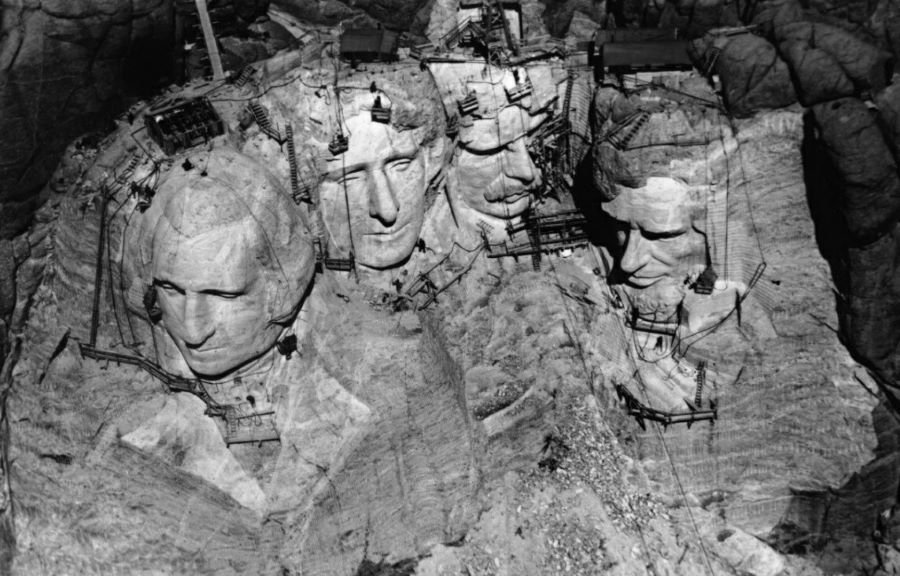
The Presidents Carved into the Mountain
The four faces you see represent key moments in U.S. history. George Washington is there for founding the country and setting up democracy. Thomas Jefferson follows, symbolizing expansion through things like the Louisiana Purchase. Theodore Roosevelt stands for development and conservation, as he helped protect natural areas. Abraham Lincoln wraps it up, representing preservation during the Civil War. Each head is about 60 feet tall, roughly the height of a six-story building. Borglum chose these leaders to show the nation’s growth from its start to the early 1900s. They’re arranged from left to right: Washington, Jefferson, Roosevelt, and Lincoln. Fun note: Jefferson was originally planned for Washington’s right side, but rock quality issues meant moving him to the left.
Fascinating Facts About Mount Rushmore
Beyond the basics, Mount Rushmore has stories that surprise many visitors. For starters, the mountain got its name in 1885 from Charles E. Rushmore, a New York lawyer checking out mining claims in the area. A local guide named it after him as a joke, but it stuck. Before that, the Lakota Sioux called it “Six Grandfathers,” seeing it as a sacred place for generations.
One standout fact is how the carving happened without any deaths. With 400 workers handling dynamite and hanging from ropes, that’s impressive. They removed over 450,000 tons of rock, mostly by blasting 90 percent of it away before fine-tuning with drills. The total cost came to just under $1 million, mostly from federal funds and donations.
The faces are built to last. The granite erodes at about one inch every 10,000 years, so they’ll be around for a long time. Each eye is 11 feet wide, noses about 20 feet long, and mouths 18 feet across. If the bodies were carved to scale, the figures would stand over 460 feet tall.
There’s a secret chamber behind Lincoln’s head called the Hall of Records. Borglum wanted it to hold important documents like the Constitution, but funding cuts left it unfinished. In 1998, workers added porcelain panels with historical info as a time capsule.
The site has ties to Native American history too. The Black Hills were promised to the Sioux in an 1868 treaty, but gold rushes led to conflicts and the land being taken. Some tribes still view the memorial as a symbol of that loss and push for land rights.
Mount Rushmore pops up in movies, like the chase scene in “North by Northwest,” though that was filmed on a set. It draws over two million people yearly, making it South Dakota’s top spot for tourists. Wildlife around it includes mountain goats, which aren’t native but were introduced in the 1920s and now thrive.
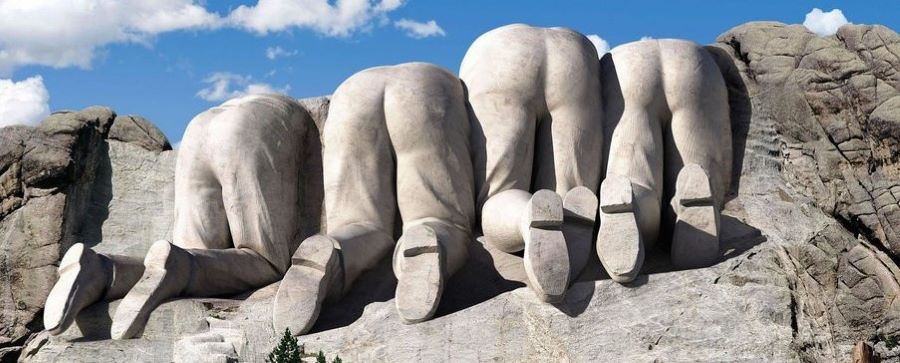
How to Get to Mount Rushmore
Getting to Mount Rushmore is straightforward if you plan ahead, especially since it’s in a rural part of South Dakota. The closest town is Keystone, just a few miles away, and Rapid City is about 25 miles northeast with the nearest airport. Most people drive, but other options exist for different budgets and group sizes. No public buses run directly to the site, so renting a car or joining a tour is common. Parking costs $10 per vehicle, good for the year, and entry is free.
Here’s a detailed table comparing ways to reach Mount Rushmore from Rapid City, the main hub. Prices are approximate based on recent averages and can vary by season or provider. Times include traffic estimates.
| Transport Type | Starting Point | Time in Path | Approximate Cost (per person, one way) | Comfort Level | Pros | Cons |
|---|---|---|---|---|---|---|
| Rental Car | Rapid City Airport or Downtown | 45-60 minutes | $25-50 (half-day rental + gas) | High – Flexible schedule, air-conditioned, personal space | Control your stops, scenic drive through Black Hills, easy for families | Need a driver’s license, parking fees at site, potential for traffic in peak summer |
| Bus Tour | Rapid City Hotels or Pickup Points | 1-1.5 hours (includes stops) | $50-100 (full-day tour package) | Medium – Guided, seated, some amenities like AC | No driving stress, learn facts from guide, often includes lunch or extras | Fixed schedule, less flexibility, group setting might feel crowded |
| Taxi or Rideshare (Uber/Lyft) | Rapid City | 45-60 minutes | $40-70 | Medium – Private, direct | Quick if no wait, door-to-door from airport | Expensive for groups, limited availability in rural areas, no scenic commentary |
| Private Shuttle | Rapid City Airport | 1 hour | $30-60 (shared) or $100+ (private) | High – Comfortable vans, sometimes Wi-Fi | Reliable for groups, airport pickups easy | Book in advance, might share with others, higher cost for solo travelers |
| Flying In + Transfer | Major Cities to Rapid City Airport (RAP) | Flight time varies + 45 min drive | $200-400 (flight) + $25-50 transfer | Varies – Plane comfort high, then as above | Fast from far away, airlines like Delta or United | Connecting flights add time, baggage fees, need ground transport after landing |
| Bicycle or Hiking (for adventurers) | Nearby Trails like from Keystone | 2-4 hours | Free or low (bike rental $20-40) | Low – Physical effort, exposed to weather | Eco-friendly, immersive in nature | Not practical for most, steep roads, safety concerns on highways |
Driving offers the best views along Highway 244, with pine forests and wildlife spots. If flying, Rapid City Regional Airport has direct flights from places like Denver or Chicago. For international travelers, connect through bigger hubs. Book tours early in summer when crowds peak.
What to Expect When You Visit
Once you arrive, the memorial feels grand up close. Walk the Avenue of Flags, lined with state banners leading to the viewing terrace. The Presidential Trail loops around for closer looks, about half a mile with stairs. It’s wheelchair accessible in parts, but check ahead for mobility needs.
Best Time to Go
Summer months from June to August are busiest, with warm weather around 70-80°F and evening lighting ceremonies. Spring and fall offer fewer crowds and cooler temps, ideal for hiking. Winters can be snowy, but the faces look striking against white backgrounds. Avoid holidays if you hate lines.
Nearby Attractions
Don’t stop at just the memorial. Crazy Horse Memorial is 17 miles away, showing a massive carving in progress. Custer State Park has bison herds and scenic drives. Wind Cave National Park offers cave tours underground. Rapid City has museums and dinosaur exhibits for kids.
Tips for Your Trip
Pack water and snacks, as options on-site are limited to a cafe. Wear comfortable shoes for trails. Sunscreen is a must, even on cloudy days, due to high elevation. If traveling with pets, leave them in the car or at a hotel—they’re only allowed in parking areas. Download the NPS app for maps and audio guides. Budget for extras like the Sculptor’s Studio tour. For photos, early morning light hits the faces best.
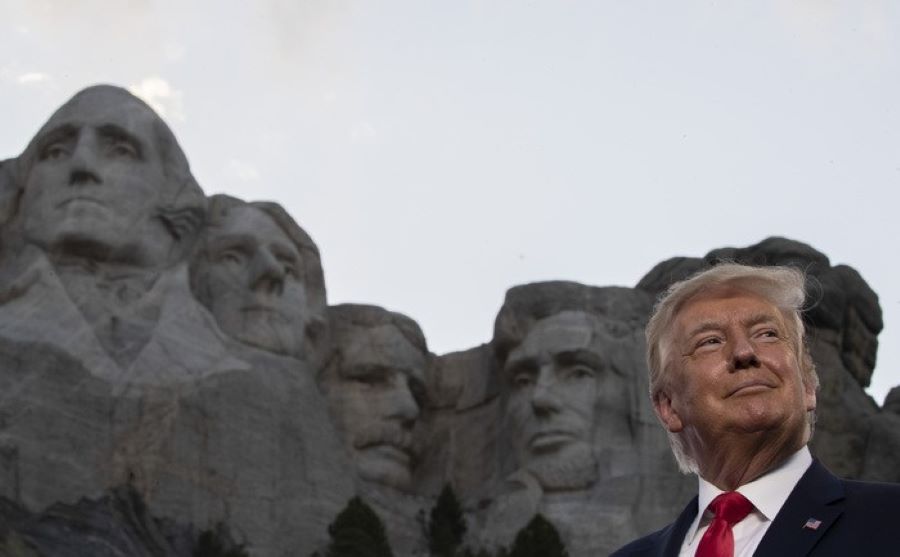
FAQ
What is the entrance fee for Mount Rushmore? There’s no entrance fee, but parking is $10 per vehicle, valid for one year.
How long does a visit take? Plan 2-3 hours to see the main areas, longer if hiking or joining programs.
Is Mount Rushmore open year-round? Yes, but hours vary by season—check the NPS site for updates.
Can I climb the mountain? No, climbing is prohibited for safety and preservation.
Who chose the presidents on Mount Rushmore? Sculptor Gutzon Borglum selected them based on their roles in American history.
Are there guided tours available? Yes, ranger talks and audio tours are free; private tours can be booked separately.
What if it rains during my visit? Many areas are outdoors, so bring rain gear; indoor exhibits like the museum stay open.
For more stories on American landmarks, hidden travel gems, and the latest updates from around the world, head over to TheMors.com – Breaking News. Dive into our tourism and travel section for guides that make your next adventure easy and exciting. Whether you’re eyeing national parks or city escapes, we’ve got fresh content to inspire your plans.

